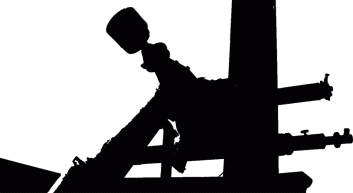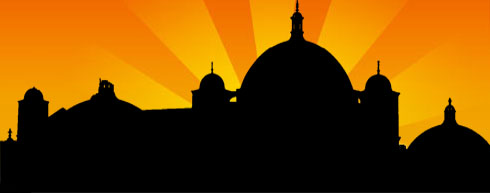Tea, Talk and Telescope
Patrick Moore Lecture Series




- Page Links
Want to know more about astronomy? Want to learn how to observe? Want to know what's currently in the sky?
Next Talk: Astrobiology - the hunt for alien life by Dr. Lewis Dartnell
The Grubb Telescope
Observe with the historic, 1872, Grubb telescope!
The Grubb telescope is located on the roof of physics we have a Grubb mount that dates back to 1872 with two Cooke refractors, from 1910 mounted on it. These telescopes offer some fantastic views. These are 4.5-inch and 5.5-inch in diameter and are mounted parallel to each other. The Grubb Telescope is driven by worm and tangent arm in both axes, this allows movement of about 20 degrees before it needs to be disconnected from the drive.
Restoration work on the Grubb telescope was completed with thanks from an alumni grant and now can be used in ernest after public talks.

The
refurbishing Grubb telescope, taken by Samuel George
Where to learn more about the night sky?
Stargazing is a great activity and is enjoyed by many people worldwide, anyone can join in. So go find a dark area that is away from any lights, but make sure that you have a good view of the sky. It will take about 15 minutes for your eyes to "dark adapt" by which you will start to see many stars. To see more stars and some celestial objects grab a pair of decent binolculars. To learn how to navigate the night sky can take some time, here are some links that provide excellent sky maps:
[www.skymaps.com]
[www.heavens-above.com]